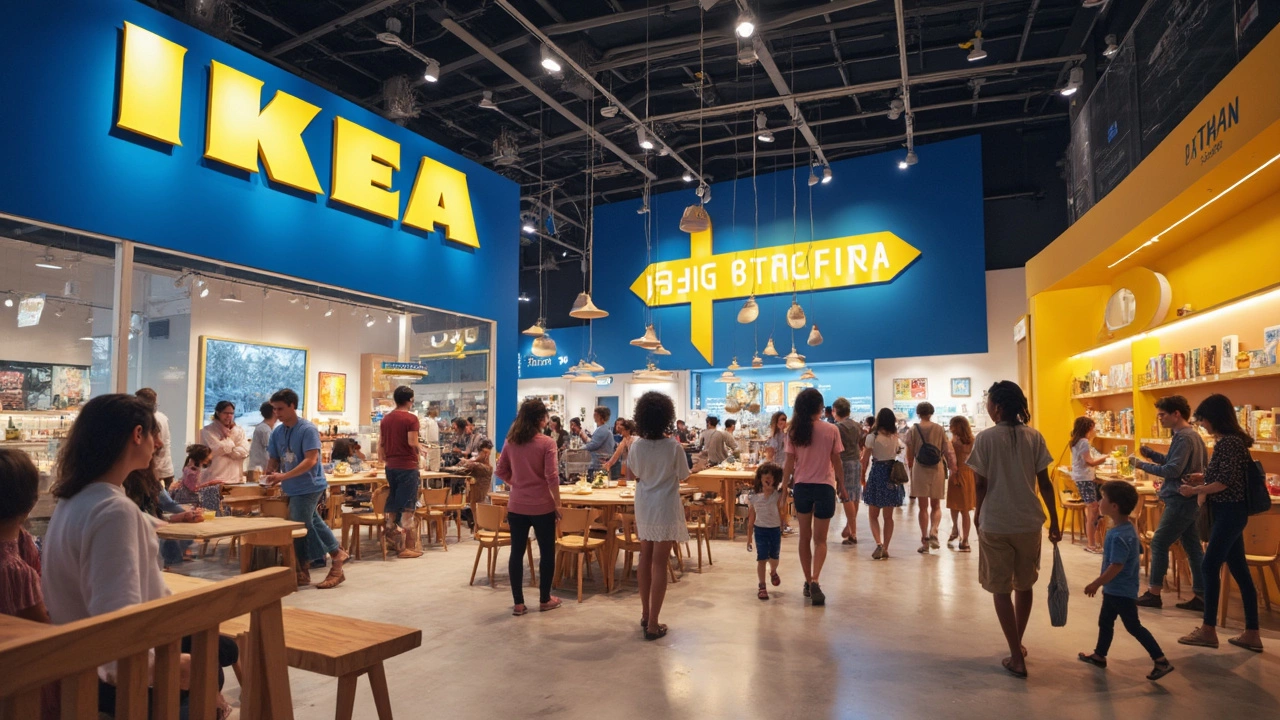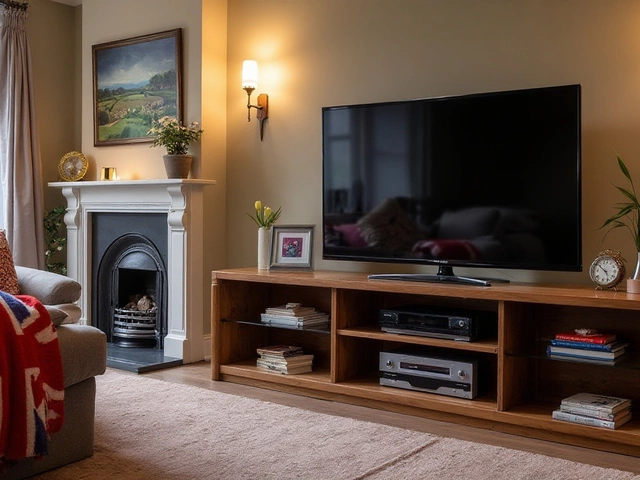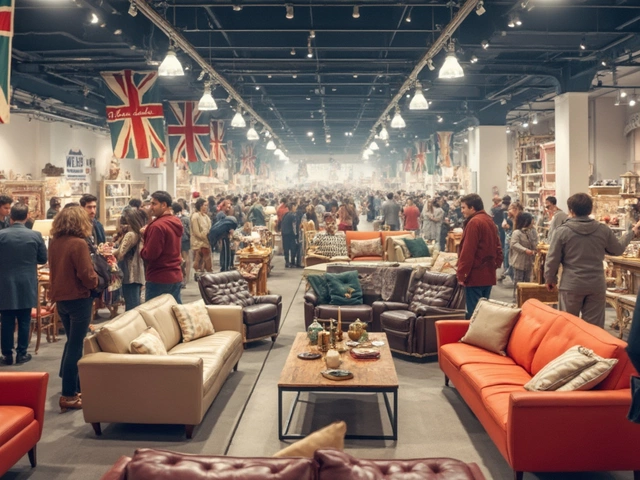IKEA Ownership – The Real Story Behind the Brand
If you’ve ever walked into an IKEA store, you probably wondered who’s pulling the strings. Is it a public company like most retailers? The answer is a bit different, and knowing it can help you understand why IKEA operates the way it does.
The Family Roots and the Founder
IKEA was started in 1943 by Ingvar Kamprad, a Swedish kid who turned his bedroom furniture hobby into a global empire. Kamprad kept the business private, meaning no shares are traded on a stock exchange. Instead, he created a complex ownership web to protect the brand and keep profits in the family.
When Ingvar passed away in 2018, his children inherited his stakes. The family still holds the reins, but they do it through a few key entities that most shoppers never see.
The Two Main Players: Ingka Group and the Stichting INGKA Foundation
First, there’s the Ingka Group. This is the operating arm that runs almost every IKEA store you can walk into. Think of it as the day‑to‑day manager that handles everything from product design to logistics.
Behind Ingka sits the Stichting INGKA Foundation, a Dutch charitable foundation. The foundation owns the Ingka Group and, therefore, the stores. Its purpose is to secure the long‑term future of the IKEA concept, not to make shareholders happy. Because it’s a foundation, any profits are reinvested into the business or used for charitable projects, not paid out as dividends.
There’s also IKEA Holding B.V., which owns the IKEA brand and most of the patents. This company is controlled by another foundation, the Interogo Foundation, based in Liechtenstein. This extra layer keeps the brand name safe and separates it from the retail side.
All these pieces work together to keep IKEA independent, focused on low prices, and able to invest heavily in sustainability projects.
So why does this matter to you? Because it means IKEA isn’t pressured by quarterly earnings reports. The company can stick to its low‑price promise, invest in eco‑friendly materials, and keep the design philosophy consistent, all without the drama of a publicly listed firm.
Understanding IKEA’s ownership also explains some of its quirks. For example, the company can open massive stores in small towns without worrying about shareholders demanding higher rents. It can also launch ambitious projects like the People & Planet Positive strategy because the foundations see long‑term value over short‑term profit.
In short, IKEA is owned by a family‑run foundation system that protects the brand, fuels sustainable growth, and keeps the focus on affordable design. Knowing this gives you a clearer picture of why IKEA can stay cheap, innovative, and globally consistent year after year.



